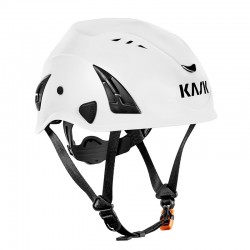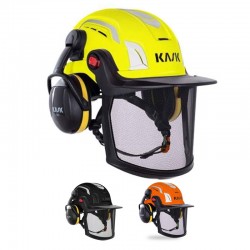
Kask Superplasma AQ Hi Viz
Safety Helmet WHE00105
Work Helmet for Impacts and...
EN 397 - EN 12492
Safety helmet
Industry
Safety helmet
Industry
€73.66
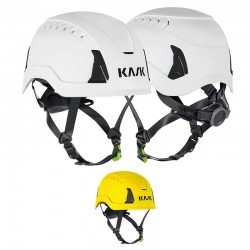
Kask Primero PL
Casco di Sicurezza Impatti e Penetrazione
EN 12492 EN 397
EN 12492 - EN 397
Safety helmet
Industry and work at height
Safety helmet
Industry and work at height
€67.89
€73.00
-7%

Kask Primero Air
Casco di Sicurezza con cinturino
EN 397 EN 50365 EN 12492
EN 397 - 50365 - EN 12492
Industry, working at heights
Electrical work under tension
Industry, working at heights
Electrical work under tension
€61.20
€68.00
-10%

Kask Zenith X HI VIZ
Helmet for Working at Heights
EN 397 - 50365
High Altitude Work
High visibility
High Altitude Work
High visibility
€76.52
€95.65
-20%

Kask ZENITH-X BA AIR
Category III Safety Helmet
EN 397 - 50365
Shipbuilding industry
Electrical work under tension
Shipbuilding industry
Electrical work under tension
€58.50
€65.00
-10%

Kask Zenith-X BA
Safety Helmet for Work
EN 397 - 50365 - EN 12492
Industry, working at heights
Electrical work under tension
Industry, working at heights
Electrical work under tension
€67.61
€73.49
-8%

Kask Zenith X Air Hi Viz
Safety Helmet for Industry and Electrical Work
EN 397 - 50365
Shipbuilding industry
Electrical work under tension
Shipbuilding industry
Electrical work under tension
€95.00

Kask Zenith X
Safety Helmet
EN 397 - 50365
Shipbuilding industry
Electrical work under tension
Shipbuilding industry
Electrical work under tension
€78.12
€84.00
-7%

Zenith X Air
Industrial Safety Helmet
Super Technological
EN 397 - 50365
Shipbuilding Industry
Electrical work under tension
Shipbuilding Industry
Electrical work under tension
€73.17
€86.08
-15%

Kask Primero Air HI VIZ
Safety Helmet WHE00114
Front and Rear Side Impact...
EN 397 - 50365
Industry, working at heights
Electrical work under tension
Industry, working at heights
Electrical work under tension
€76.94
€80.99
-5%

Kask Zenith X PL
Industry Accident Prevention Helmet
EN 12492
Live Electrical Work
Industry and construction sites
Live Electrical Work
Industry and construction sites
€77.47
€86.08
-10%
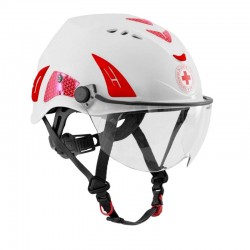
Kask Superplasma HP Visor
Helmet with Red Cross Visor
EN 14052
Shipbuilding Industry
Complete with Visor
Shipbuilding Industry
Complete with Visor
€117.80
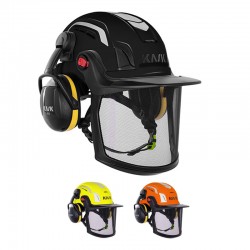
Kask ZENITH X AIR COMBO
Helmet with Ventilated Visor
EN 397 - EN 50365
Shipbuilding industry
Live electrical work
Shipbuilding industry
Live electrical work
€165.56
€179.96
-8%

Kask Primero PL Hi Viz
Protective Helmet WHE0116
Front Side Rear Impact...
EN 12492 - EN 397
Industry, work at height
Flame resistance
Industry, work at height
Flame resistance
€75.91
€79.90
-5%
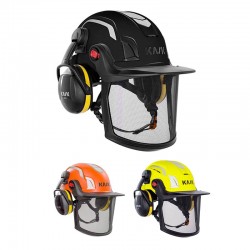
Kask Zenith X Combo
Safety Helmet
EN 397 - 50395
Shipbuilding Industry - High Visibility
Electrical work under tension
Shipbuilding Industry - High Visibility
Electrical work under tension
€179.96
Back to top






